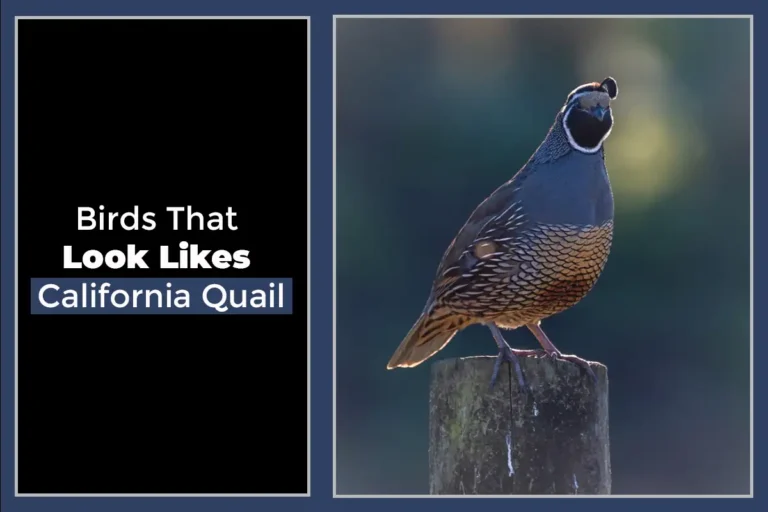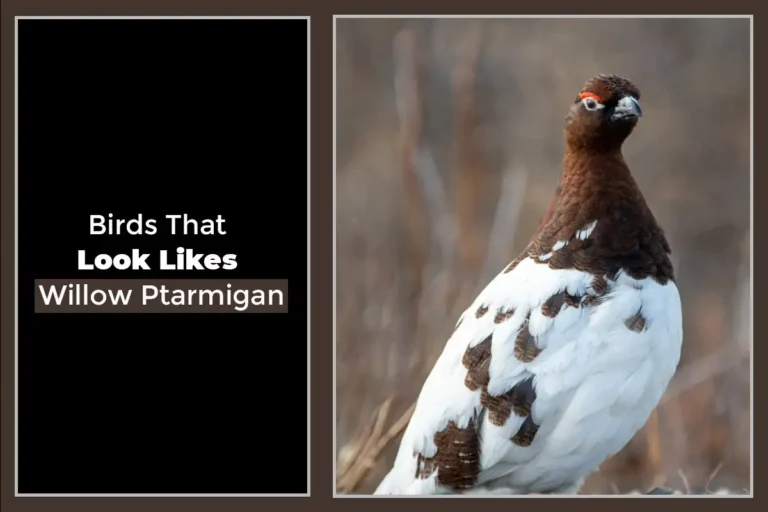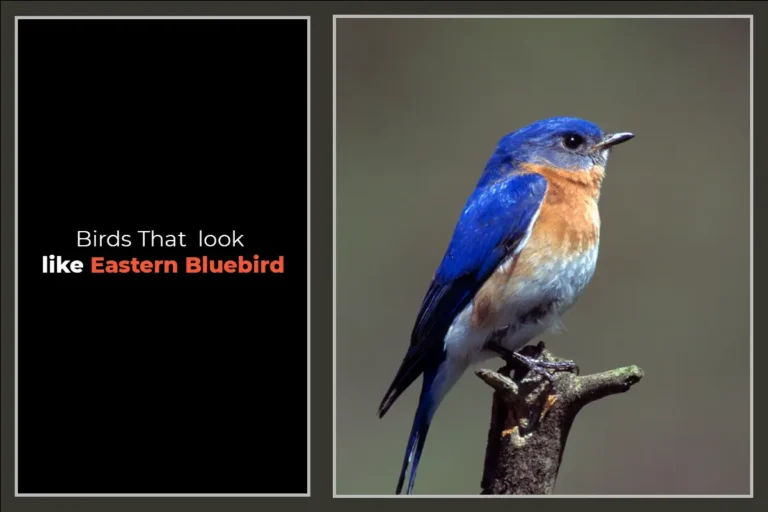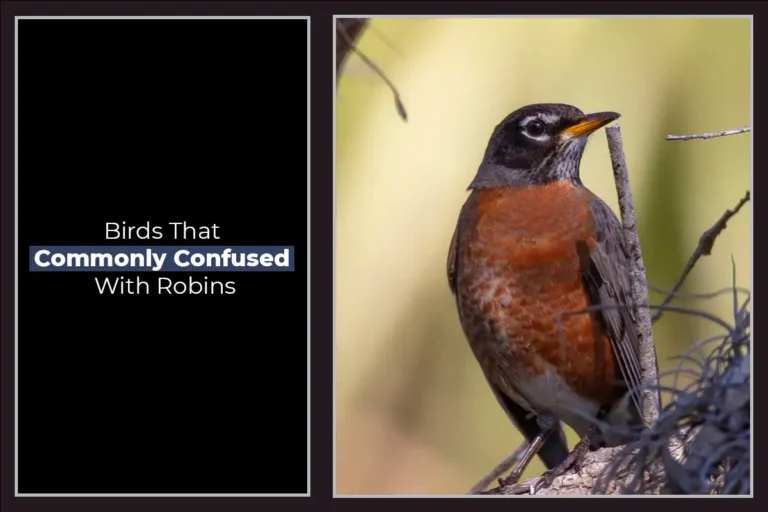13 Birds That Look Like Northern Cardinals
You’re out birdwatching and spot a flash of red in the trees – could it be the beautiful northern cardinal? Before you check that bird off your life list, take a closer look.
There are a few birds that routinely get mistaken for cardinals! Although some imposters mimic the cardinal’s crimson hue or spiky crest, others sport subtler similarities that trip up even seasoned birdwatchers.
This article will highlight identification tips and clear photos to distinguish northern cardinals from their most convincing fakes. Ready to meet the cardinal copycats? Let’s take wing!
Looking for more articles about similar birds:
Similar Looking Birds Like Northern Cardinals:
| Bird | Color | Crest and Beak Color |
|---|---|---|
| Northern Cardinal | Bright red males, brown females | Yes, Orange |
| Pyrrhuloxia | Gray with red accents | Yes, Yellow |
| Vermilion Flycatcher | Red with black and brown | Small crest, Black |
| Scarlet Tanager | Bright red males, yellow-green females | No, Brown/gray |
| Summer Tanager | Bright red-orange | No, Pale yellow |
| Vermilion Cardinal | Bright red | Yes spiky, Short |
| Hepatic Tanager | Red-orange | No, Dark gray |
| Purple Finch | Bright red males | No, Pointed |
| Red Crossbill | Orange males, green females | No, Pointed |
| Cedar Waxwing | Brown with yellow and gray | Yes, Black |
The Real Red Birds: True Cardinals
Let’s kick things off by getting to know the true cardinals before we dive into their poseur cousins. The cardinal clan includes some of the most vibrantly colored birds in North America.
01. Northern Cardinal
The OG backyard cardinal, the northern cardinal is probably the bird you picture when you hear the name. But what exactly makes a northern cardinal a northern cardinal?
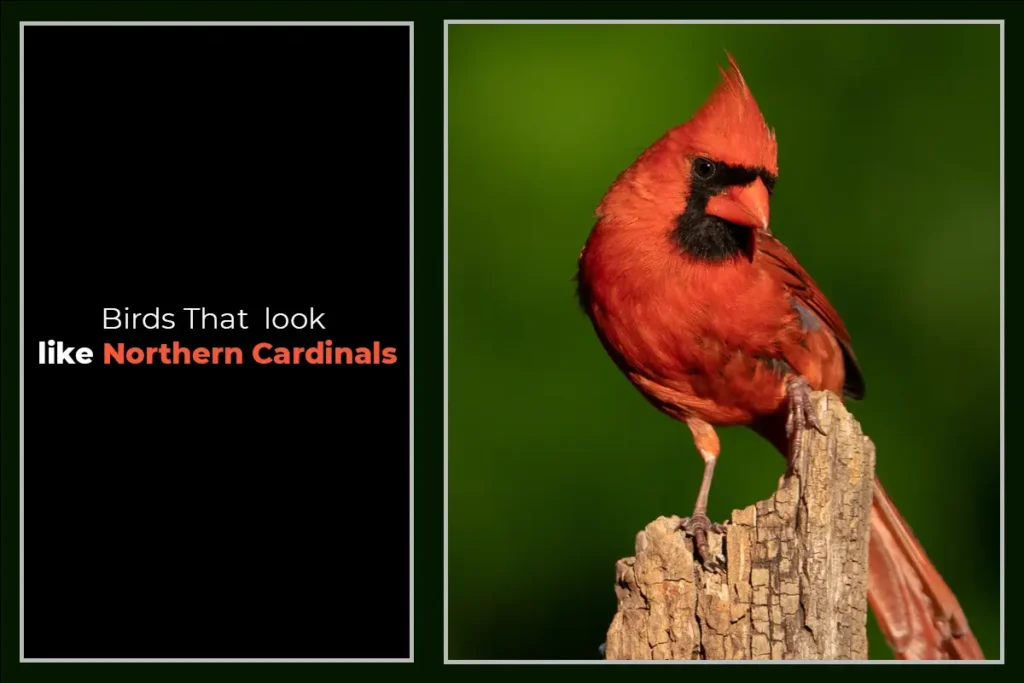
- Bright red males and soft brown females both sport signature head crests
- Orange conical bills and black faces on males
- Pointed head tufts and red accents in females
- Melodious whistles and trills
You can glimpse these stocky songbirds flitting through shrubs from southern Canada to Mexico. Though originally forest dwellers, northern cardinals have adapted well to backyards and parks.
Fun fact: Only the male sings, making him easy to ID by sound alone!
02. Pyrrhuloxia
At first glance, the pyrrhuloxia looks almost identical to a female northern cardinal. But peer a little closer, and the differences emerge:
- Mostly gray body with red face, wings, tail, and chest
- Distinct yellow bill with a curved culmen
- More frequent in the arid Southwest region
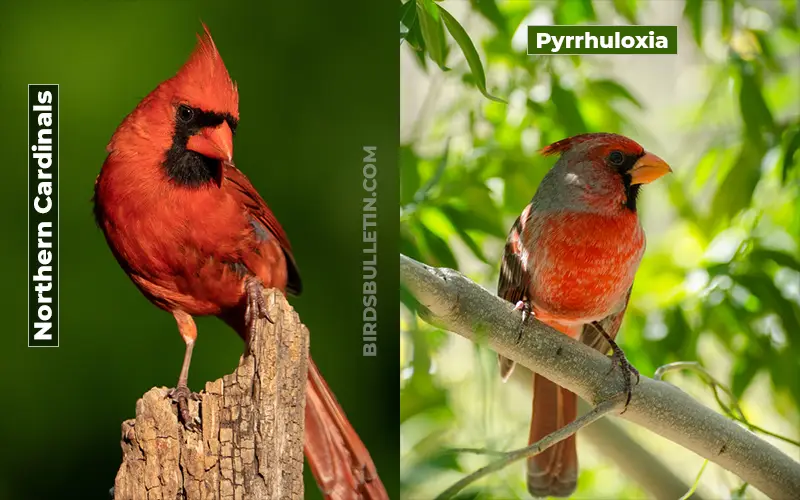
So, what’s with the funky name? Pyrrhuloxia combines “pyrrhula” – the genus of bullfinches and other chunky-billed birds – and “loxia,” meaning crossed bill. This alludes to the Desert Cardinal’s distinctive crooked, seed-cracking beak.
These relatives of the northern cardinal frequent dry areas of Mexico and the United States. If you spotted one farther east or up north, you’d certainly have bragging rights at the bird club!
03. Vermilion Cardinal
Last but not least in Team Cardinal is the dazzling vermilion cardinal, located in – you guessed it – Venezuela.

- Brilliant red with black throat and face
- Red crest spikes almost like a rockstar mohawk!
- Long tail and short bill
The South American beauty bears remarkable similarity to northern cardinals in terms of coloring and proportions. Still, significant geographic separation means you’d have to travel to spot one in the wild!
Lookalike Tanagers
Moving along to the next cardinal fakers, the tanager clan sports several red imposters. These tropical songbirds belong to the cardinal family but prefer forest habitats to backyard feeders.
Still, a quick glimpse of red through the trees could fool you! So, let’s break down the top tanagers that masquerade as cardinals:
04. Scarlet Tanager
Nothing says “tropical bird” like the scarlet tanager male’s shocking crimson body contrasting with jet-black wings. Seriously, he looks like a feathered traffic signal flashing “stop” and “go”!

Meanwhile, females sport subtler yellow-olive plumage. But both share some cardinal-esque features:
- Stocky, finch-like build
- Slight crest on the crown
- Small red accents in females
- Insectivorous diet
During spring and summer, scarlet tanagers breed in deciduous Eastern forests before migrating down to South America for winter.
05. Summer Tanager
Like a scarlet tanager dipped in bright red paint, the aptly named summer tanager sports fire engine plumage on males year-round. And indeed, these birds frequent warmer southerly climes.
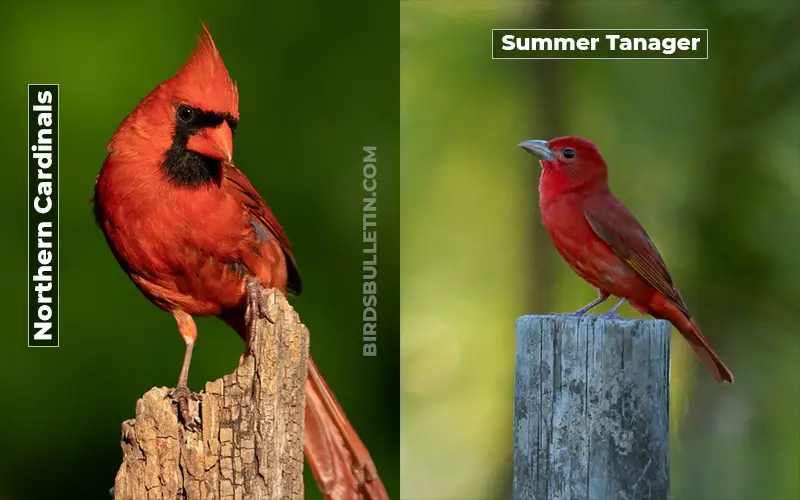
- Solid red-orange males
- Yellowish-green females with orange spots
- Pointed beaks adapted for eating bees
- Partially overlapping range with cardinals
Given their red hue, summer tanagers often fool observers into thinking “cardinal.” But their smoothly tapered beaks and lack of a crest give them away.
Fun fact: Summer tanagers sometimes build nests so flimsy they blow right out of the tree!
06. Hepatic Tanager
Traveling farther south, you may encounter the hepatic tanager around the oak woodlands of the Southwest. Named for its liver-like “hepar” red coloration, the hepatic tanager could briefly pass for a cardinal through low light or foliage.
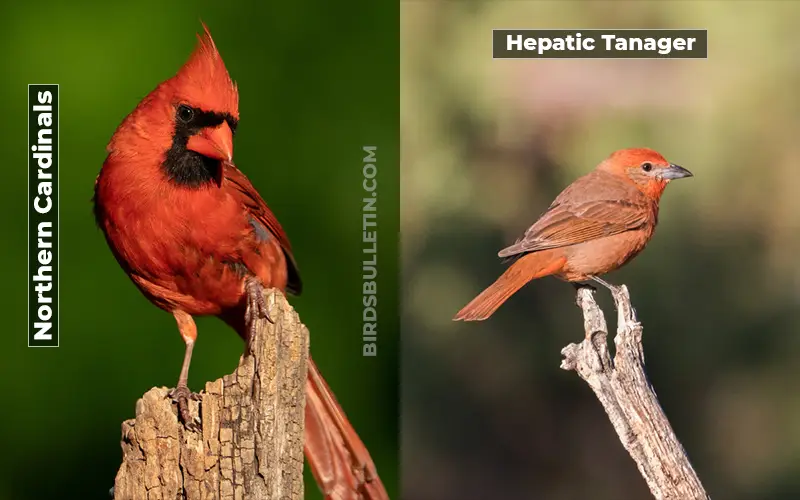
Look for these tell-tale traits:
- Brick red-orange plumage
- Dark gray bills
- White wing bars on males
- Insect-dominated diet
So, if you notice an orangish songbird snapping up bugs, listen for the sharp “pit-er-ick” vocalizations to confirm a hepatic tanager sighting.
07. Flame-Colored Tanager
Finally, we reach the showstopper flame-colored tanager of Colombia and northwestern South America.
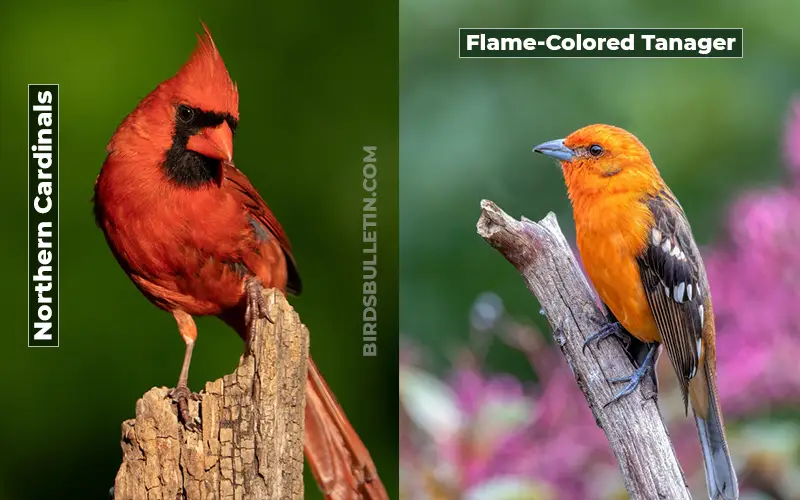
Fittingly for its fiery feathers, this high-altitude species prefers hot tropical zones.
- Brilliant red set off by dark wings
- Yellowish bill unlike a cardinal’s orange
- Intense red crest (even brighter than a cardinal’s!)
- Tinkling song
Although their ranges don’t overlap, a vagrant flame-colored tanager migrating up north could potentially be mistaken for a cardinal by the unwary. But the tanager’s call is quicker and higher-pitched than a cardinal’s whistle.
Flying Fakes: Flycatchers and Grosbeaks
Moving into the home stretch with our cardinal copycats, this group contains some of the most far-flung fakes.
Ranging from Mexico to Canada, these birds rely on red plumage to blend into their habitat. Can you spot the imposter in your backyard? Let’s find out!
08. Vermilion Flycatcher
With a shock of red feathers and a mischievous black “mask,” the vermilion flycatcher owes its name to the vivid pigment vermilion.
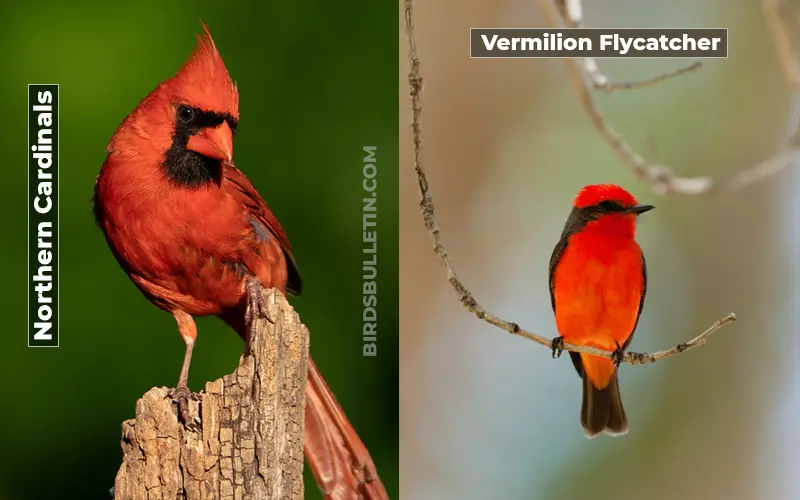
But despite the flashy crest and coloration, it belongs to the Tyrannidae family of larger American flycatchers.
- Red crest, head, and underparts
- Brownback and tail
- Insectivorous
- Arid Southwestern habitat
Drawing a comparison with cardinals, the vermilion flycatcher shares a red crest and black facial markings. However, its bill shape and voice set it apart.
Fun fact: vermilion flycatchers sometimes eat fruit, an unusual behavior for its family!
09. Pine Grosbeak
Straying about as far from a cardinal as possible, the pine grosbeak inhabits northern forests reaching across Alaska, Canada, and Eurasia.
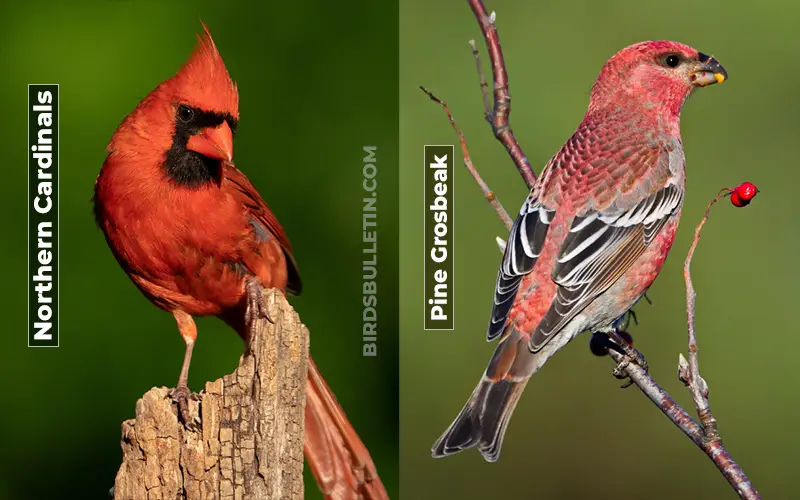
It earns a spot on this list thanks to the male’s rosy redhead and rump.
- Pinkish-red head and rump
- Large stout beak for eating seeds
- Black wings with white bars
- High-pitched warbles
However, the pine grosbeak lacks a definite crest or black facial markings. And compared to a cardinal’s whistle, its voice sounds almost metallic. These North songbirds frequent backyard feeders in winter to fill up on seeds and fruit.
10. Purple Finch
Last but not least, the aptly named purple finch flits through Eastern Deciduous and Evergreen woodlands. Males wear radical raspberry-red plumage with streaky brown napes and bellies.
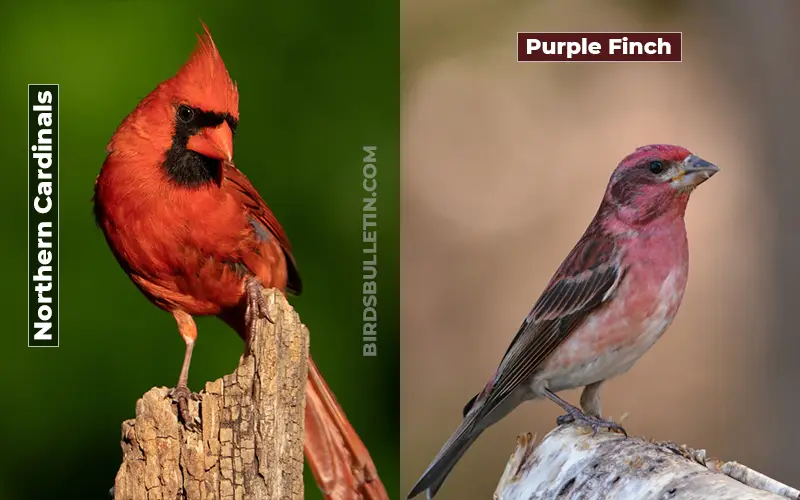
Meanwhile, females dress more modestly in blurred brown and white. But both sport:
- Redhead and upper breast
- Brown wing bars
- Short forked tail
- Pointed beak for eating seeds
- Warbling song
Though it shares the cardinal’s red colors, the purple finch’s voice and grubbing behavior give it away as an imposter.
More Mimics: Other Cardinal Fakes
We’ve covered a lot of copycats so far. But believe it or not, there are still a few more birds that get mistaken for cardinals! Let’s break down four more imposters:
11. Phainopepla
Sometimes called the “black cardinal,” the crested phainopepla certainly mimics the cardinal’s silhouette. But its plumage proves the perfect foil – slim black males and grayish females replace the cardinal’s red.
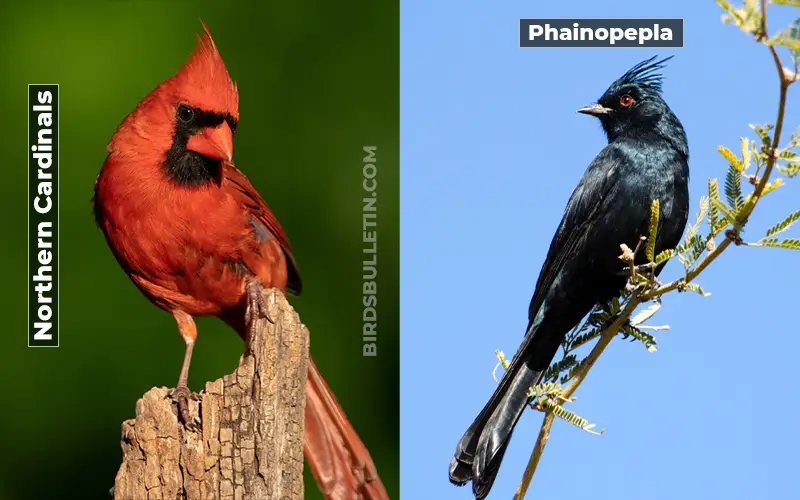
- Crest and body shape are extremely similar
- Glossy black males, gray females
- Red eyes on dark faces
- Lean bills for eating berries
- Dessert Southwest habitation
Preferring hot and dry habitats of the Southwest, phainopeplas chase after juicy mistletoe berries. If you notice a shadowy crest bobbing through mesquite scrub, listen for their odd mewing cry or check for red eyes to confirm “phaino.”
12. Red Crossbill
Next up, the red crossbill earns its playful name from its crossed bill tips. Males flash rosy red and orange hues – though surprisingly, females tend towards yellows and greens.
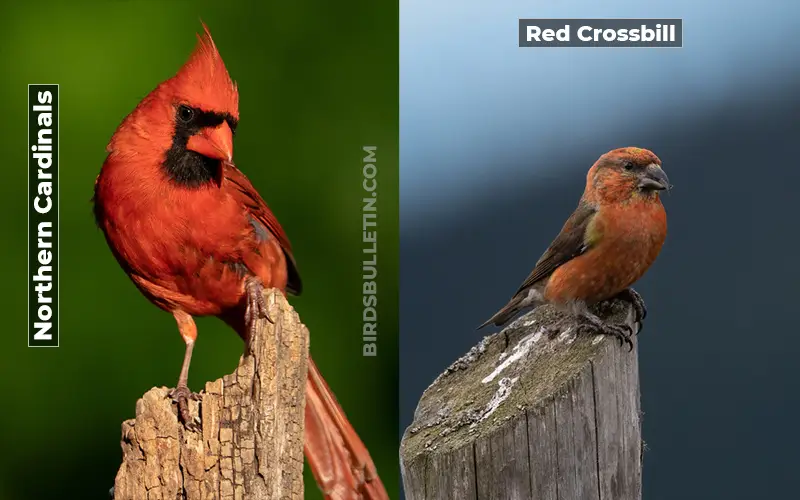
- Red males, green females
- Unique crossed bill for opening cones
- Nomadic habits across North America
- Distinctive “kip” call
- Fond of conifer forests
Sporting a flash of color in the right light, these finicky finches could potentially pass for cardinal through the foliage. But their specialized beak and warbled vocalizations give them away as avian imposters.
Fun fact: Crossbills may breed any time of year depending on cone availability!
13. Cedar Waxwing
Crest check? Black face mask? The cedar waxwing seems to mock the cardinal’s signature profile. But its exotic plumage marks an unmistakable ID on closer inspection.

- Fuzzy crest and black mask
- Cinnamon and gray plumage
- Bright yellow tail band
- High-pitched trills
- Flocks around berry bushes
Dapper waxwings travel in chatty flocks that can completely strip berries or crabapples from trees.
14. Tufted Titmouse
Finally, the spunky tufted titmouse shares more than a questionable name with the cardinal. Its bold black forehead and saucy gray crest also parallel a cardinal’s face.
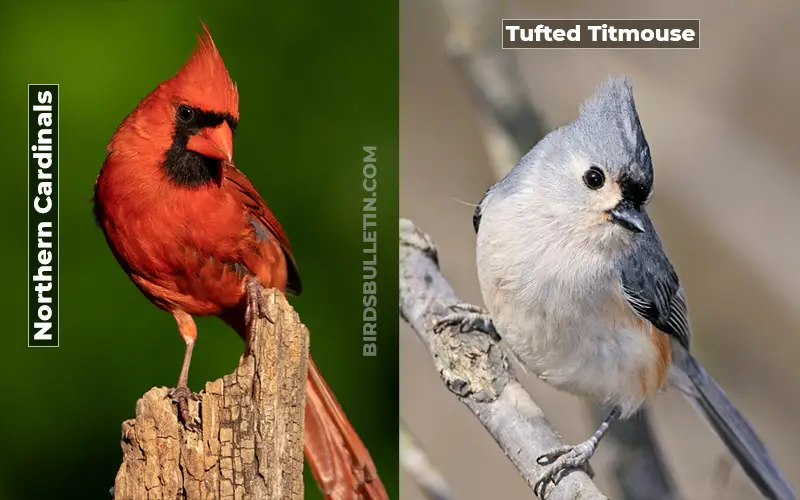
But similarities end there. Just compare:
- Petite and silver-gray overall
- Rusty orange flanks
- Nasally voice
- Constant motion and fidgeting
- Mixed flocks with chickadees
Named for their loud voice relative to their small size, tufted titmice endlessly deliver their up-tempo song. Squint through the trees and their silvery outline could potentially resemble a female cardinal. But their voice and behavior stand apart!
Cardinal or Imposter? Regional Lookalikes
Throughout this article, we’ve explored birds from across the Americas that resemble cardinal colors and markings. But distribution plays a key role in lookalike likelihood too!
Where you live determines the species most probably to fool you into shouting “Cardinal!” Let’s break down locations and top pretenders:
Eastern Deciduous Forests
For residents of eastern broadleaf forests, these birds should ring a bell:
- Scarlet tanagers
- Summer tanagers
- Rose-breasted grosbeaks
- Purple finches
The canopy-loving scarlet tanager and insect-feasting summer tanager both mimic cardinal red among the treetops. While purple finches and rose-breasted grosbeaks may visit feeders with a flash of red plumage.
Southeastern Coastal Plains
Along southeastern coastal forests, these additions join the lineup:
- Painted buntings
- Blue grosbeaks
The ultra-colorful painted bunting male’s red hood could catch you off-guard. And blue grosbeak males sport a dramatic maroon wash across the chest.
Southwestern Deserts
For the arid Southwest, different desert birds enter the mix:
- Pyrrhuloxias
- Verdin
- Phainopeplas
- Hepatic tanagers
- Varied buntings
Gray pyrrhuloxias and red-faced verdins appear frequently around yards and scrub. While the black silhouettes of phainopeplas could trick the unaware.
Western Mountains
In western montane zones, other high-altitude species like:
- Cassin’s finch
- Lawrence’s goldfinch
- Green-tailed towhees
Cassin’s finches share their cousin the purple finch’s red head. Lawrence’s goldfinches and towhees flash ruby-red eyes and tail patches.
Parting Thoughts
Alright friends, we’ve covered a flock of birds that could be mistaken for cardinals! Now you can spot tell-tale field marks like distinctive beaks, vocalizations, plumage patterns, and behaviors that rule out northern cardinals.
You may discover pygmy imposters like tufted titmice or tropical migrants like summer tanagers passing through your patch! One thing’s for sure – backyard birding brings plenty of surprises worthy of closer inspection.
So, grab your binoculars, tune your ears, and drink in the birdy wonders right outside your window!



